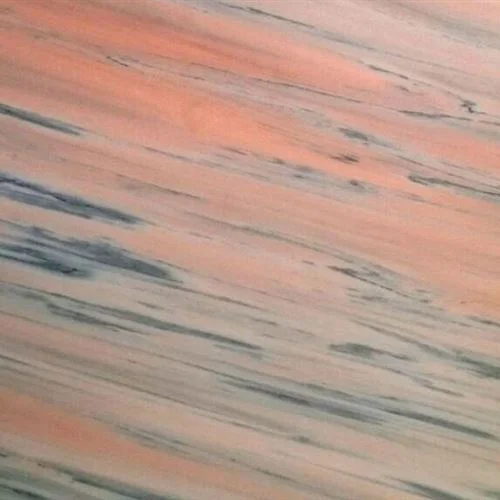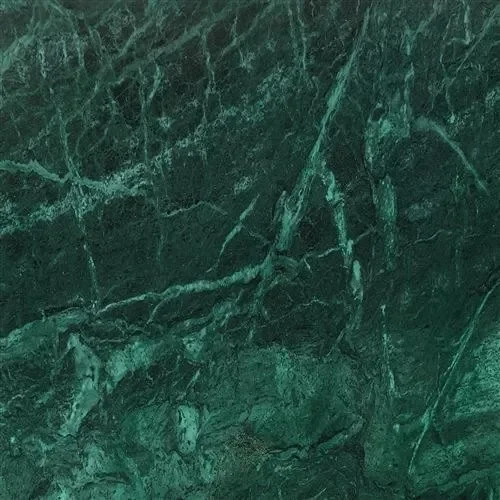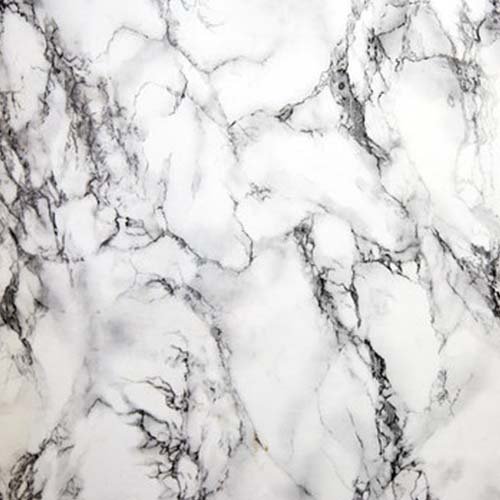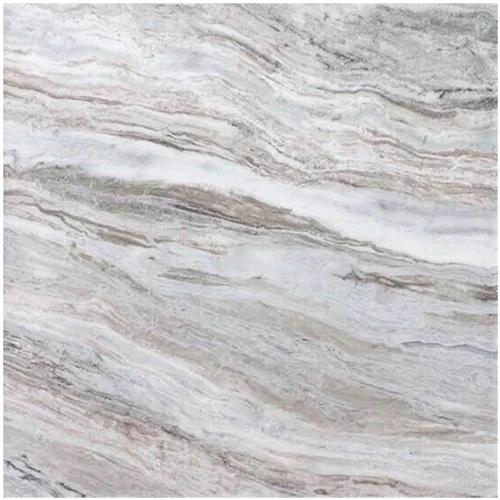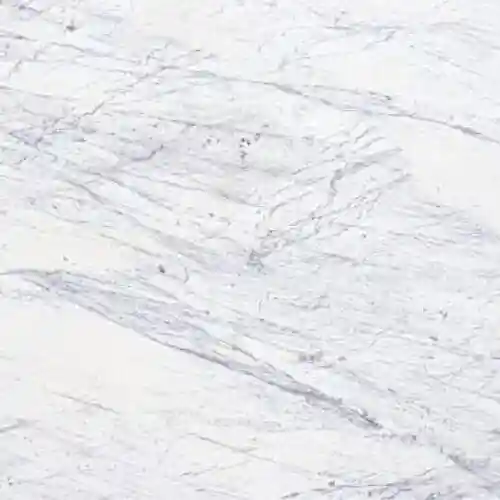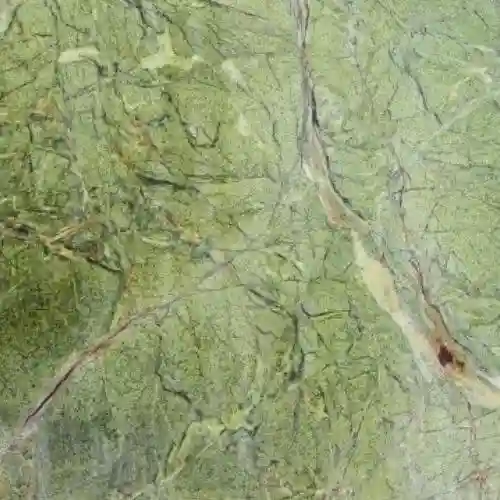Marble in India
What is Marble
Marble has been a symbol of luxury and sophistication for centuries. A metamorphic rock formed from limestone under intense heat and pressure, marble boasts unparalleled beauty with its unique veining and smooth surface. Widely used in architecture, sculpture, and interior design, marble combines aesthetic appeal with exceptional durability.
Specifications for Marble
| Material | Natural metamorphic stone. |
| Colors | White, gray, black, green, beige, and more. |
| Veining | Unique patterns based on mineral content. |
| Finishes | Polished, honed, leathered, or brushed. |
| Thickness | Commonly available in 15 mm, 18 mm, and 20 mm. |
Types of Marble in India
1. Carrara Marble
- Known for its subtle gray tones and delicate veining.
- Popular in both traditional and modern interiors.
2. Calacatta Marble
- Features dramatic veining and a bright white background.
- Often used for statement pieces like countertops and walls.
3. Statuario Marble
- Renowned for its bold veining patterns and high gloss.
- Ideal for luxurious interiors.
4. Makrana Marble
- Native to India, this white marble is highly durable and widely used in monuments.
5. Black Marble
- Offers a sleek, modern look with white or gold veining.
- Perfect for bold, contemporary designs.
6. Green Marble
- Distinguished by its rich green hues and intricate patterns.
- Commonly used in flooring and accent walls.
Features of Marble
- Aesthetic Appeal: Each marble slab is unique, adding a bespoke touch to spaces.
- Durability: Resistant to wear and scratches when maintained properly.
- Versatility: Suitable for flooring, walls, countertops, and decorative elements.
- Heat Resistance: Ideal for kitchen surfaces due to its ability to withstand heat.
- Timelessness: Marble never goes out of style, making it a long-term investment.
Applications for Marble
- Residential Interiors: Flooring, countertops, fireplaces, and bathroom vanities.
- Commercial Spaces: Lobbies, conference rooms, and reception desks.
- Monuments and Sculptures: Used historically in landmarks like the Taj Mahal and Michelangelo’s sculptures.
- Outdoor Uses: Suitable for garden pathways, patios, and exterior cladding when treated.
- Decorative Elements: Marble tiles, mosaics, and tabletops elevate any space.
Pros and Cons of Marble
| Pros | Cons |
| Unique and luxurious aesthetic | Porous and prone to staining |
| Durable with proper care | Requires regular maintenance |
| Heat-resistant | Expensive compared to other stones |
| Versatile in applications | Susceptible to scratches and etching |
Why Choose Marble?
Timeless Elegance
Marble is synonymous with luxury and adds an undeniable charm to any space.Versatile Design
Its wide range of colors and finishes ensures it complements various styles, from classic to contemporary.Natural Uniqueness
Each marble slab features distinct veining and patterns, making every piece one of a kind.High Durability
When sealed and maintained properly, marble can last for decades.Eco-Friendly Option
Marble is a natural stone, making it an environmentally sustainable choice.
Feel free to get in touch for a free consultation, quote, and get a detailed understanding from our experts here at Petros®. Visit https://petrosstone.com/ or call +91-8446360361 and WhatsApp
